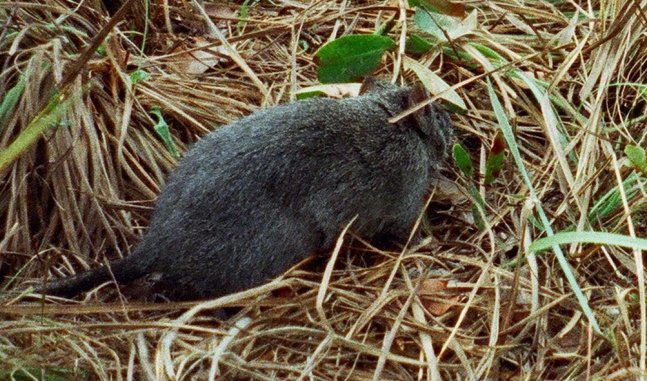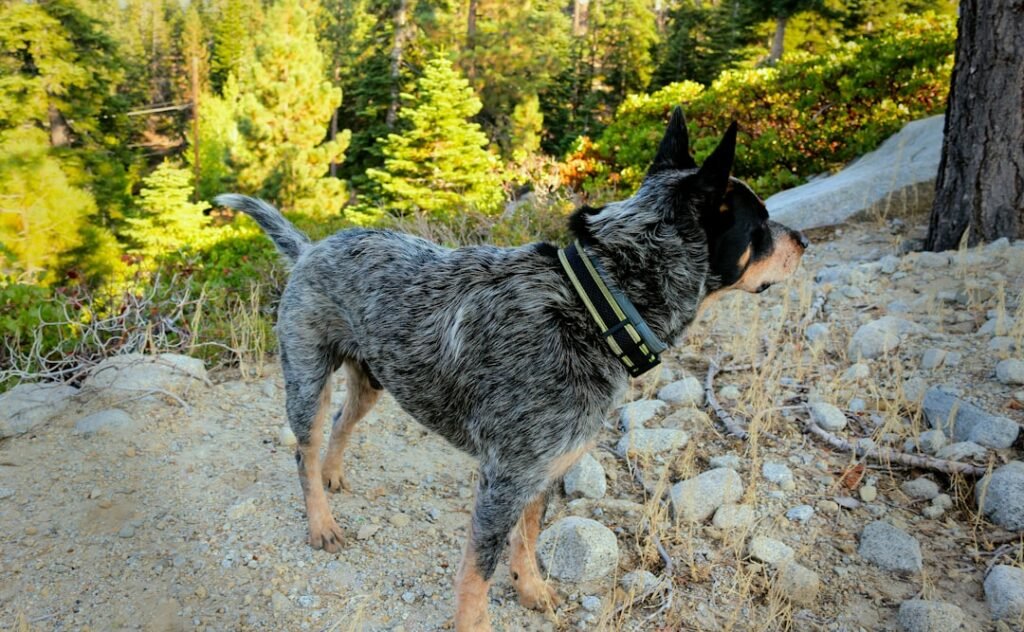A mysterious rat vanished into the mountains of New Guinea in 1989. Now, after more than three decades, it has finally shown its face and researchers have the photos to prove it.
Meet Mallomys, the elusive subalpine woolly rat, a species so rare that researchers had practically given up hope of ever seeing it alive. Indigenous knowledge and a small collection of preserved museum objects provided the only proof of its existence for years. But now this enormous rodent has emerged from the shadows quite literally thanks to a dedicated zoologist and a well-placed camera trap.
A Ghost in the Mossy Forests
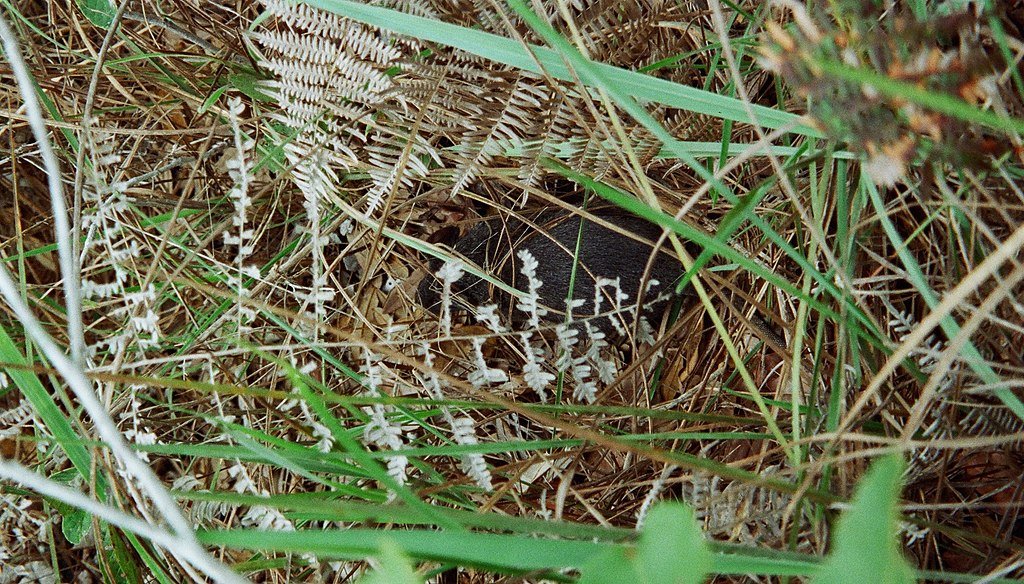
Deep in the high-altitude rainforests of Papua New Guinea, where mist clings to moss-covered trees, Mallomys istapantap has been hiding in plain sight. Though scientists first described it in 1989, the species remained a ghost in the scientific record with no live sightings, no photographs, no way to study its behavior.
Local Indigenous hunters, however, have long known of its existence. The rat’s name, istapantap, comes from Melanesian Pidgin and means “living above” or “it is on the top” a nod to its high-altitude home. For researchers, the challenge wasn’t just finding the rat, but accessing the remote, rugged terrain where it lives.
The First-Ever Footage of a Living Specimen
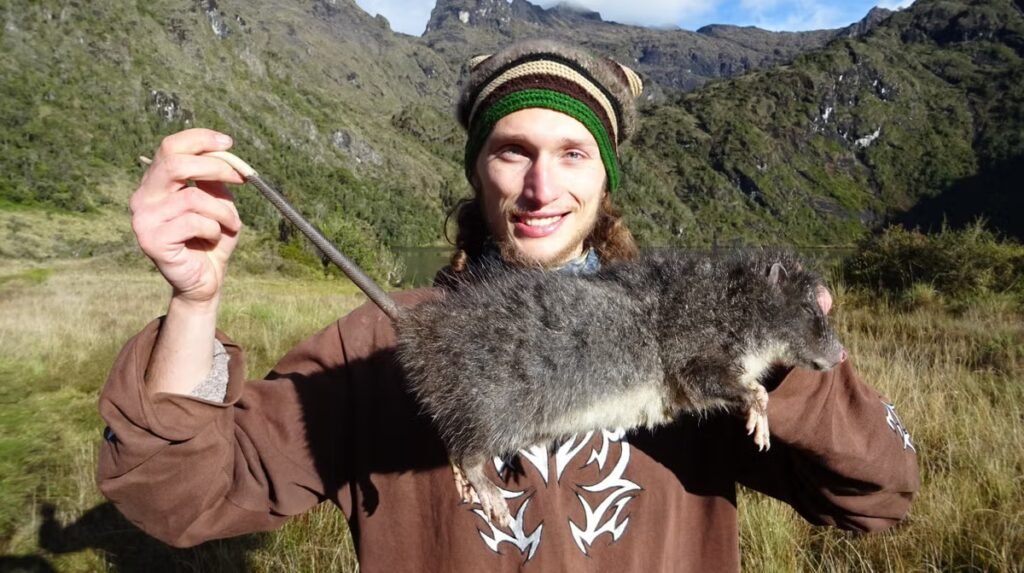
Zoologist František Vejmělka, armed with camera traps and guided by local hunters, set out to solve the mystery. After eight nights of waiting near Mount Wilhelm New Guinea’s highest peak his patience paid off. A male M. istapantap crept into view, its eyes reflecting the camera’s infrared light as it scurried across a fallen log.
This wasn’t just a blurry snapshot. The footage captured key details: its thick, shaggy fur (perfect for high-altitude survival), its white-tipped tail, and most surprising a streak of yellow on its chest, a feature never before seen in any related rodent species.
A Rat the Size of a House Cat
Forget the scrawny city rats darting between subway tracks. Mallomys istapantap is a heavyweight, growing up to 85 cm (33 inches) long, comparable to a house cat. It belongs to a genus of woolly rats endemic to New Guinea, but it’s the largest and least studied of them all.
Unlike its lowland relatives, which have longer tails, this high-altitude dweller has a shorter tail, likely an adaptation to colder climates. Its diet consists mostly of ferns, and while it spends most of its time on the ground, it can climb trees when threatened.
Why Did It Take So Long to Find?
The rat’s “disappearance” wasn’t due to extinction just extreme remoteness. Standard rodent traps don’t work for this species, and its habitat is difficult to access. Vejmělka’s success came from combining modern camera traps with traditional Indigenous knowledge.
“The rarity of this rat in scientific records doesn’t mean it’s rare in nature,” Vejmělka noted in his study, published in Mammalia. “It just means we haven’t been looking in the right way.”
New Guinea: A Land of Evolutionary Oddities
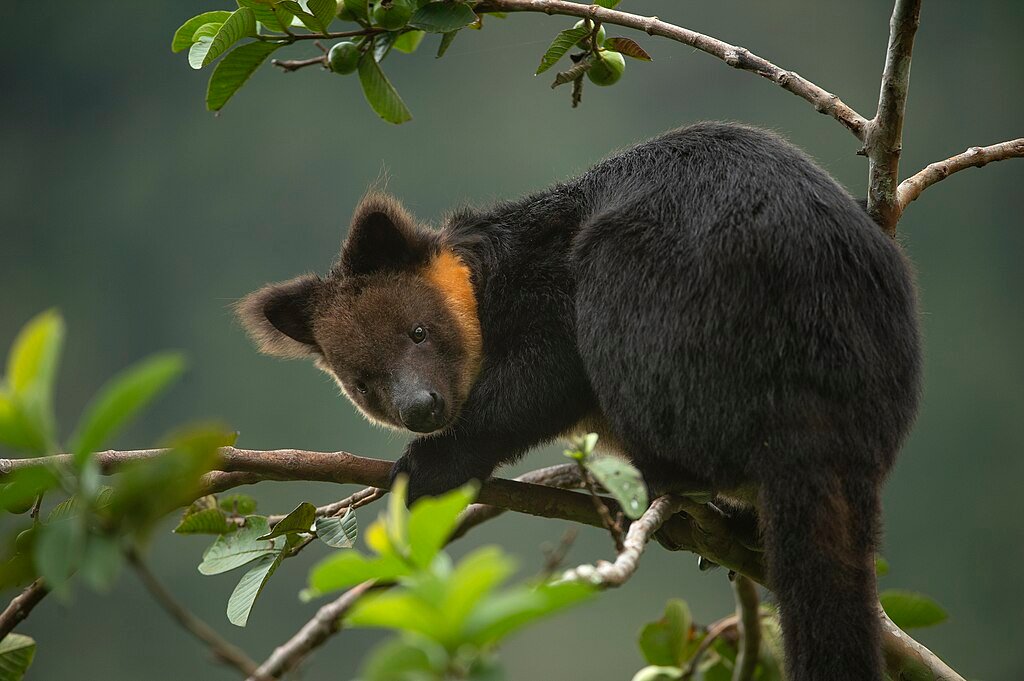
One hotspot for odd and distinctive species is New Guinea. Apart from huge rats, the island hosts:
- Birds of paradise with brilliant plumage
- Fanged frogs that birth live young
- Tree kangaroos that leap between branches
- Grunting fish that call out underwater
- Rare echidnas absent from any other planet
While many species still remain unknown, this isolation has allowed others like M. istapantap to develop in amazing ways.
What’s Next for the Giant Woolly Rat?
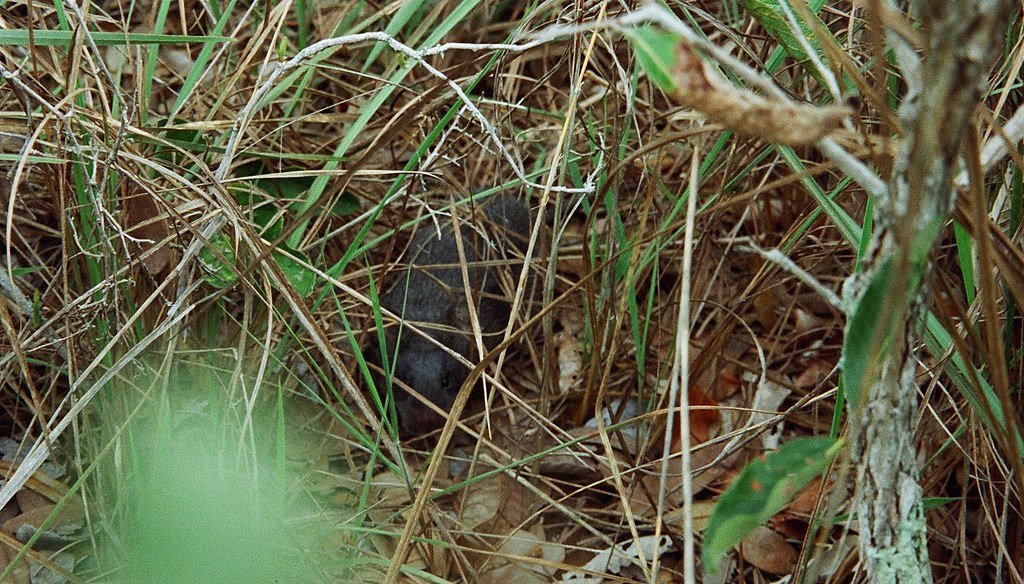
The discovery made by Vejmęlka opens the path for more investigation. There are what numbers of these rats? Does the yellow chest mark a genetic feature or something else entirely? And what other secrets the mountains of New Guinea hide?
One thing is certain: the age of exploration isn’t over. Some of Earth’s most fascinating creatures are still out there, waiting to be found if we know where to look.
“The results show the persisting importance of field expeditions,” Vejmělka said. “Even in the 21st century, there are still species we know almost nothing about.”
And with that, the giant woolly rat slips back into the shadows but this time, it’s no longer a ghost.
Sources:

Suhail Ahmed is a passionate digital professional and nature enthusiast with over 8 years of experience in content strategy, SEO, web development, and digital operations. Alongside his freelance journey, Suhail actively contributes to nature and wildlife platforms like Discover Wildlife, where he channels his curiosity for the planet into engaging, educational storytelling.
With a strong background in managing digital ecosystems — from ecommerce stores and WordPress websites to social media and automation — Suhail merges technical precision with creative insight. His content reflects a rare balance: SEO-friendly yet deeply human, data-informed yet emotionally resonant.
Driven by a love for discovery and storytelling, Suhail believes in using digital platforms to amplify causes that matter — especially those protecting Earth’s biodiversity and inspiring sustainable living. Whether he’s managing online projects or crafting wildlife content, his goal remains the same: to inform, inspire, and leave a positive digital footprint.

